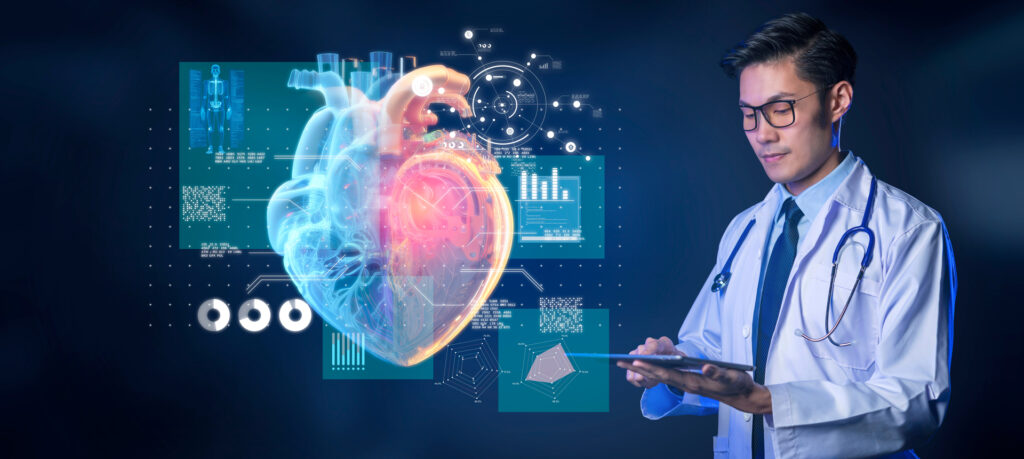Augmented Reality (AR) and Virtual Reality (VR) has in recent years opened up a whole new world of possibilities in various industry sectors, but within healthcare (specifically medical training) the benefits just seem to keep on coming.
As such, Mixed Reality (MR) is quickly becoming a mainstay in the medical field, promising to revolutionise how doctors learn and practice medicine. Its many applications, made possible by combining real-world images and computer generated data, include improved accuracy in diagnostics, more efficient patient care and reduced risk. It goes without saying that the use of Mixed Reality in healthcare will be – and already is – transformative.
In this guide, we will discuss the many benefits of using MR in the medical community, provide an overview of current applications and talk about how you can get started implementing a newer, safer and more efficient healthcare education solution.
Let’s understand why AR, VR and everything in between is so beneficial for the modern doctor, and begin exploring ways it can be used in your own practice or institution.
What is Mixed Reality and How Can It Improve Medical Training?
In short, mixed reality is interactive technology that allows users to experience and interact with a digital environment; and with technologies that use augmented reality, bring this interaction in to the physical world – making it an immensely powerful tool for medical training and education.
In certain medical scenarios, MR has been used to create highly realistic simulations that can be used to train doctors and other healthcare professionals without putting patients at risk. Practitioners can learn vital skills (and have what feels like a hands-on experience), in a safe and controlled setting before they need to apply these skills in real life situations.
This removes the need to use expensive and potentially dangerous medical equipment and means medical educators can provide augmented reality medical training to more students in less time.
In the next section, we explore some of the benefits of mixed reality in healthcare in more detail.











